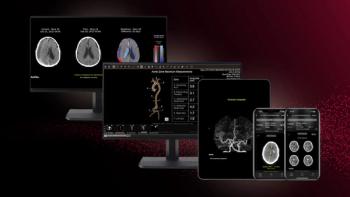
ACS Recommends Low-Dose CT for Lung Cancer Screening
Low-dose CT is an appropriate screening tool for lung cancer among high-risk patients, say new guidelines issued by the American Cancer Society.
Low-dose CT is an appropriate screening tool for lung cancer among high-risk patients who meet certain conditions, say new guidelines issued last week by the American Cancer Society.
To update their lung cancer screening guidelines, the ACS reviewed the findings of a systematic review, published in the
Published early online in
The American College of Radiology acknowledged the importance of the new recommendations. Adding that , “Appropriate guidelines and practice standards are needed, and must be created and implemented to ensure that patients nationwide have access to uniform, quality care and can expect similar life-saving benefit from these exams as demonstrated in clinical trials.” The ACR is also compiling updated guidelines.
The authors of the report describing the new guidelines acknowledged that more work must be done to “fill in existing knowledge gaps related to broadening eligibility for lung cancer screening, to further define early lung cancer detection protocols, and to put in place an infrastructure to support population-based lung cancer screening.”
The Medical Imaging and Technology Alliance (MITA) welcomed the new guidelines. “Irrefutable evidence supports the value of advanced imaging in reducing mortality associated with lung cancer,” Gail Rodriguez, executive director of MITA, said in a release. “The ACS’s recommendation of low-dose CT scans for high-risk individuals will stand as an important milestone in reducing access barriers to scans that save lives.”
The Access to Medical Imaging Coalition also commended the recommendations and called them an “important step forward” for reducing deaths and costs of lung cancer.
Newsletter
Stay at the forefront of radiology with the Diagnostic Imaging newsletter, delivering the latest news, clinical insights, and imaging advancements for today’s radiologists.



























